Due to bad weather over the last few days, the Poulaines Gardens and Arboretum will unfortunately be closed from 1 November.
We look forward to seeing you in April 2025 when the gardens reopen: we promise you some surprises!
Due to bad weather over the last few days, the Poulaines Gardens and Arboretum will unfortunately be closed from 1 November.
We look forward to seeing you in April 2025 when the gardens reopen: we promise you some surprises!
The garden is open all year round and every day for groups

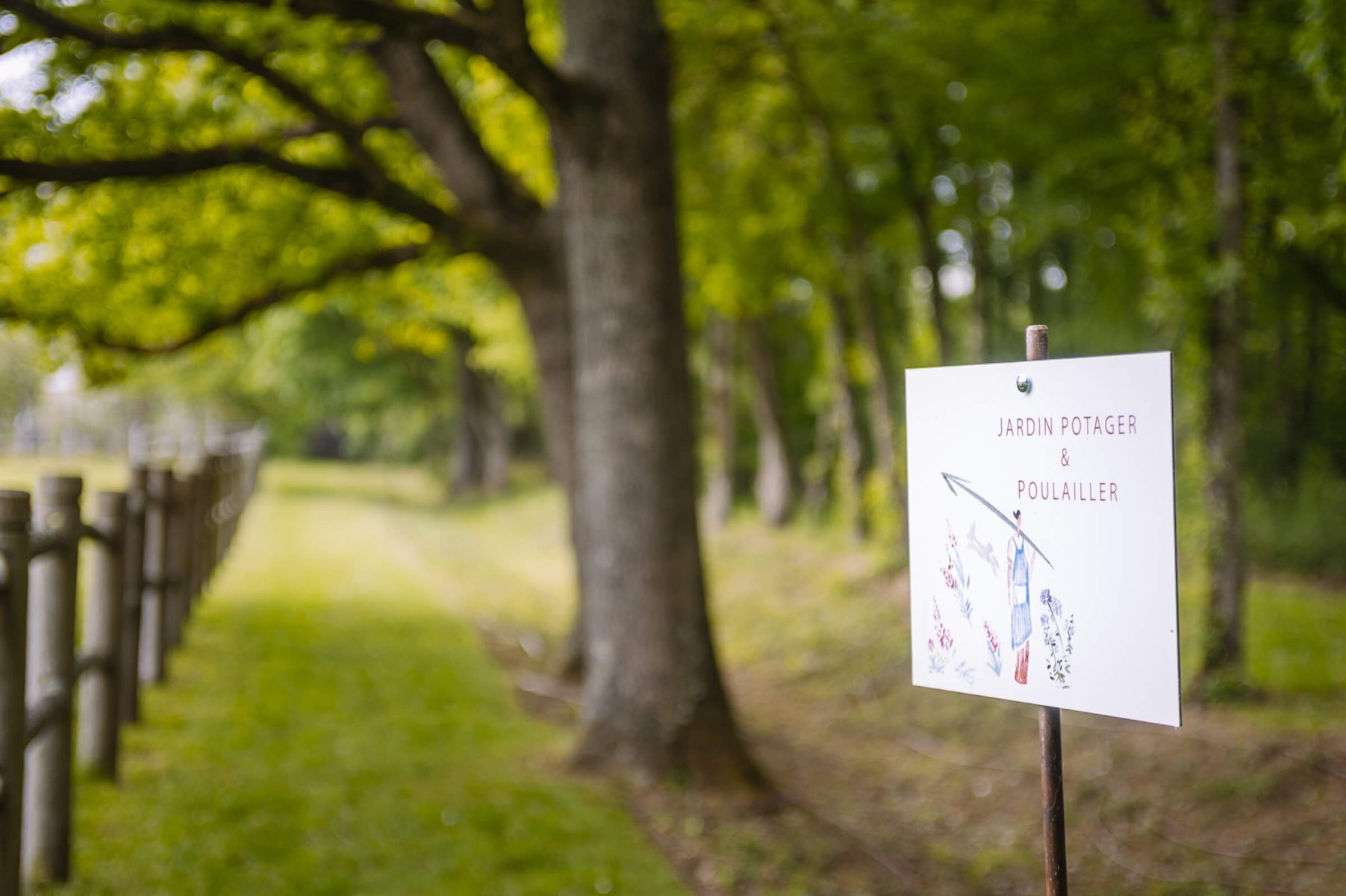


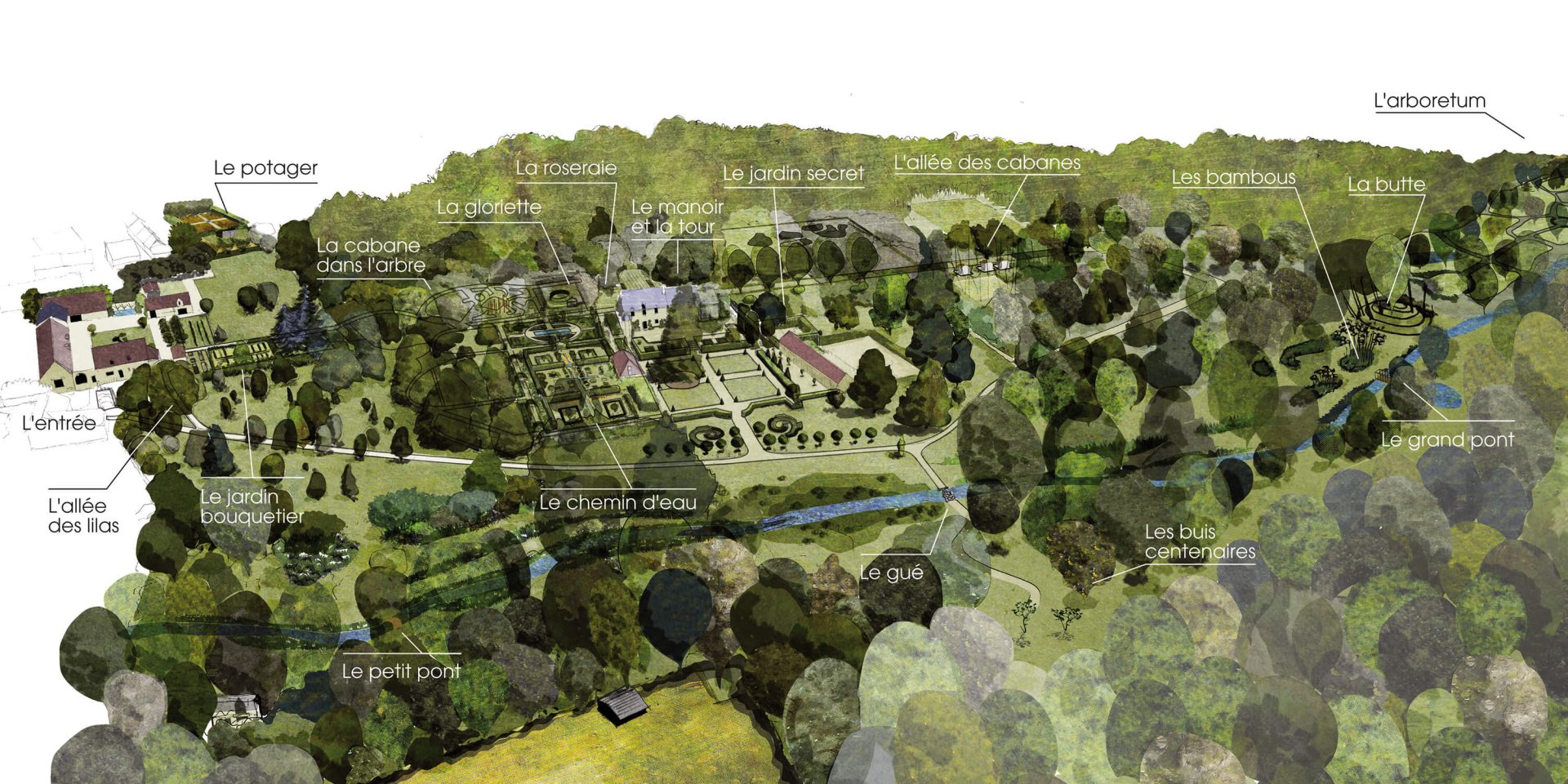
Valérie Esnault


Flowering of late narcissus, alliums, eremurus, lilies, iris, peonies (shrub and herbaceous), rose bushes, perennials, magnolias, lilac (syringa), cornus, florida and kousa, viburnum, shadbush, deutzia, cladrastis, davida, michelia yunnanensis, clematises, chinese and japanese glycine.
All the small fruits.
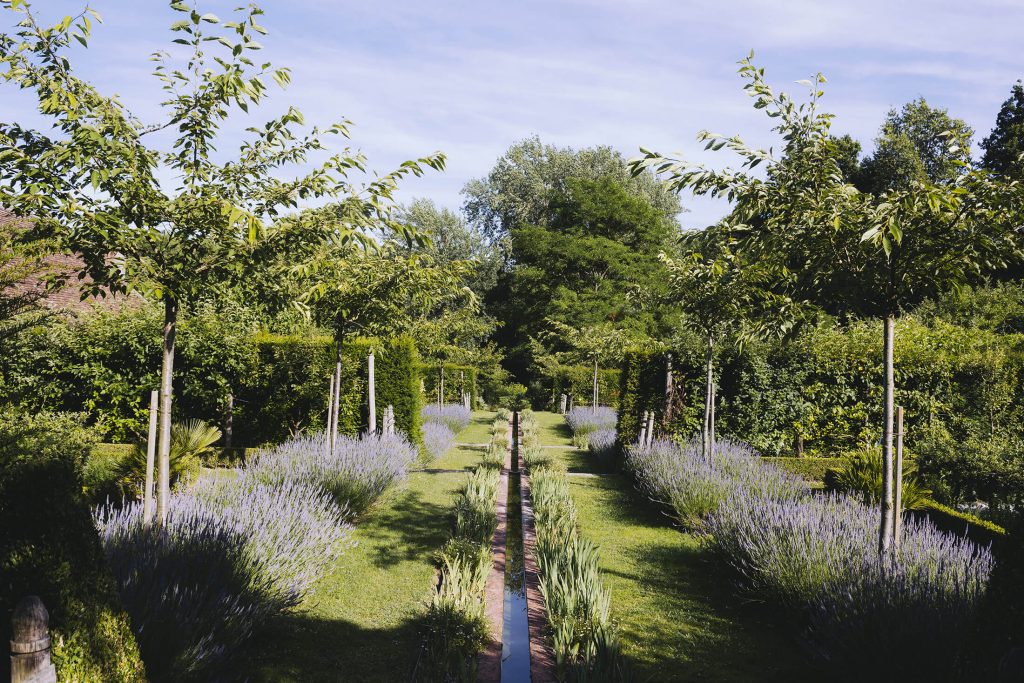
The aromatic plants and herbs, mints, hemerocallis (daylilies), crocosmias, lavender, dahlias, agapanthus, potentillas, salvia and other perennials, liriodendron, catalpa, sophora japonica, styrax, aesculus parviflora, abelia, ceanothus, clerodendron, indigofera, itea, weigela, hibiscus, buddleias, hydrangeas, vitex.
Water lilies and lotus.
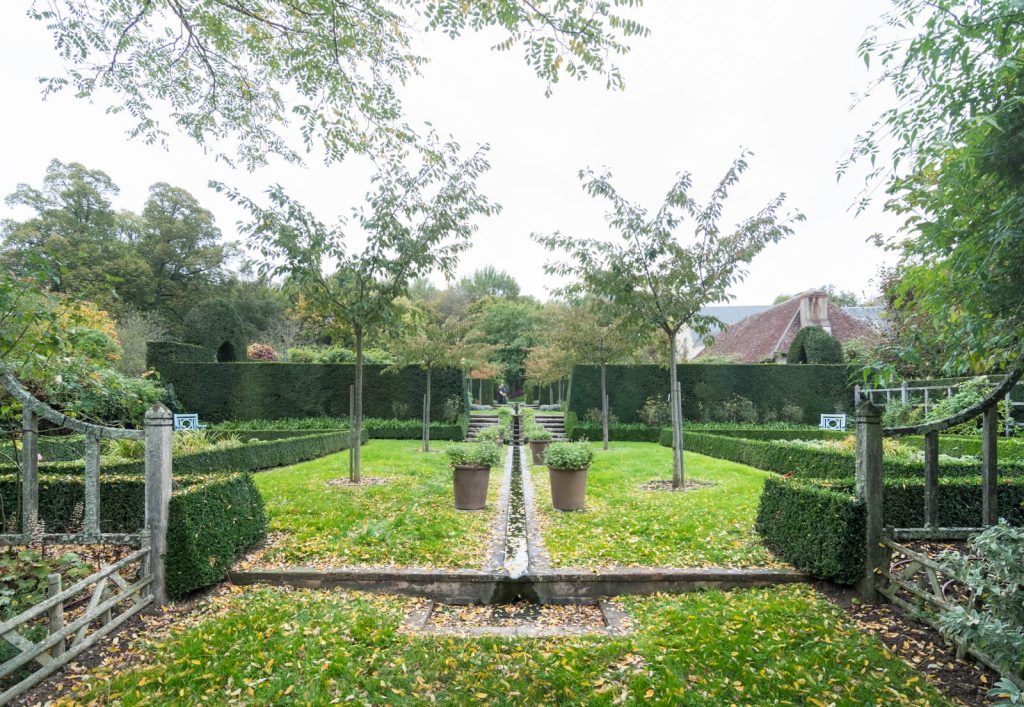
Colours of the foliage, acer, taxodium, metasequoia, quercus palustris, nyssa, carrya, gingko, parrotia (ironwood), stewartia, euonymus…)
sedums, heathers, asters, gramineous, rose bushes, repeat-flowerers, elaeagnus, osmanthus, sasanqua camellia.
Apples, pears, quinces, figs, blueberries, elderberries and more.
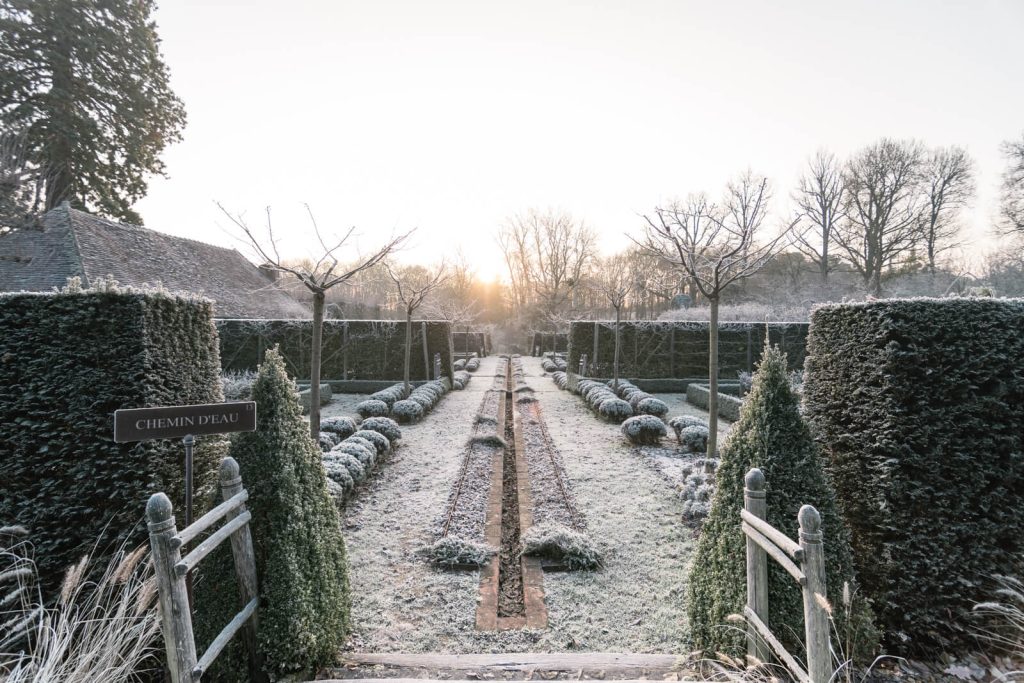
Successive blooms the bulbs on the lawns, in the flowerbeds, at the foot of the fruit trees; hellebore, hamamelis (witch-hazel), edgworthia, camellia japonica, sarcoccoca, daphne, lonicera fragantissima, prunus.
The beauty of bark and catkin in the winter sun: betula jacquemontii, nigra, albosinensis, acer griseum, liquidambar, salix matsudana, coryllus and salix.
Conifers: abies, calocedrus, cedrus deodora, libani, atlantica, chamaecyparis, cryptomeria, cupressocyparis, pinus artistata et parviflora, sequoia, tsuga